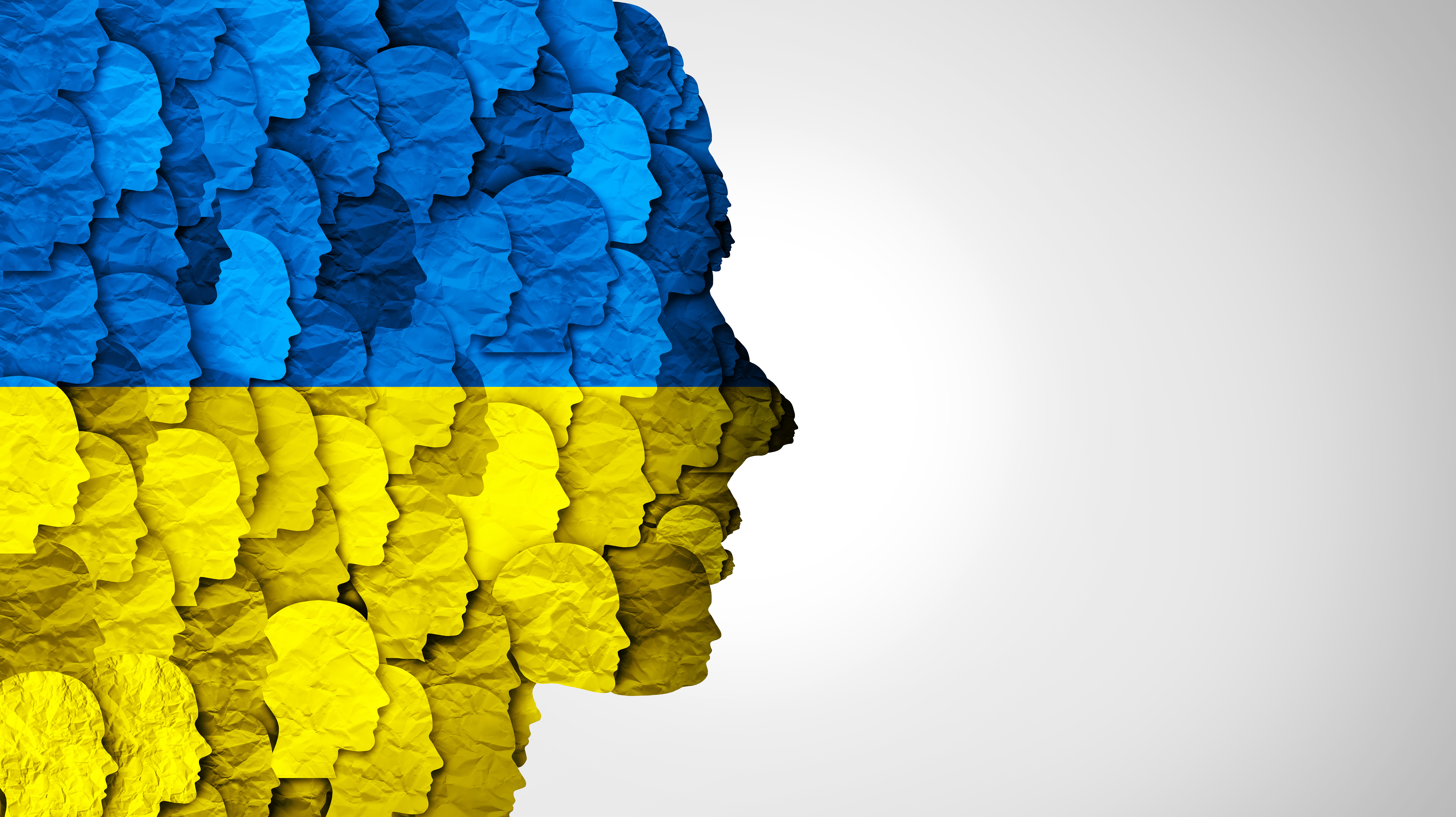Ukrainian people are among the many contributing authors, volunteers, and members of our team that have enabled UX Magazine to serve the community for 17 years.
We stand with our team members from Ukraine, and the people of Ukraine. If you want to help, here is a (growing) list of ways that you can help Ukrainian people through donations and/ or actions:
- A simple way to help the Ukrainian army – this help is really needed right now
- Calling all Designers! Designers United For Ukraine is collecting names of designers and businesses interested in helping and/or hiring displaced Ukrainian designers to reach safety and continue to work...
- The Return Alive Foundation fights disinformation and cyber-attacks and focuses on helping Ukrainian soldiers, among other initiatives.
- A special fundraising account was created by the National Bank of Ukraine specifically to support Ukraine’s Armed Forces – https://bit.ly/3BSQoyv
- The International Rescue Comittee (founded by Albert Einstein) is rushing critical aid to displaced families as Russia invades Ukraine and civilians seek safety. Help them support families affected by the Ukraine crisis.
- Catholic Releif Services: https://support.crs.org/donate/donate-ukraine
- Therapysts for Ukraine – Ukrainians get four therapy sessions (usually 45-50 minutes) free of charge. Please note that most of them speak English, and not Ukrainian!
- An animal shelter near Kyiv with a devoted team that won’t abandon the animals they care for and needs financial support, supplies
- The Ukrainian Red Cross is helping with on-site first aid and medical services.
- The Kyiv Independent is covering the conflict from within the conflict zone and is fundraising to continue coverage.
- Voices of Children provides emergency psychological assistance to Ukrainian children impacted by the war.
- Sunflower of Peace prepares first aid tactical backpacks for paramedics and doctors on the ground.
- The United Nations World Food Programme is on the ground delivering food to people who are fleeing the war.
- The World Central Chef Relief Team provides meals in Poland for incoming refugees.
- Vostok-SOS hotlines are helping people evacuate, and are providing humanitarian aid and psychosocial support.
- Doctors Without Borders is equipping surgeons in eastern Ukraine with trauma care traiining and is providing emergency response activities in Poland, Moldova, Hungary, Romania and Slovakia.
- United Help Ukraine, Razom for Ukraine, and Hospitallers are providing on-site medical care and trauma kits to medical professionals on the ground in the conflict zone.
Additional resources and lists of ways to help:
- https://www.designersunitedforukraine.org/resources
- https://uacrisis.org/en/help-ukraine/amp








